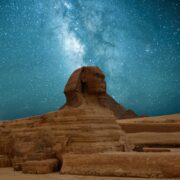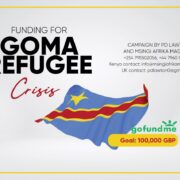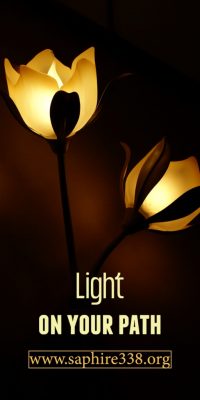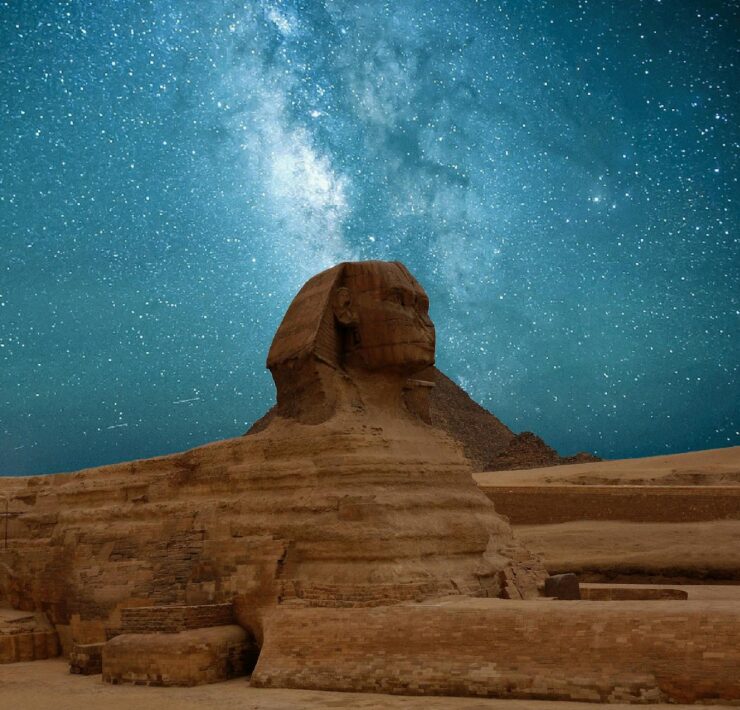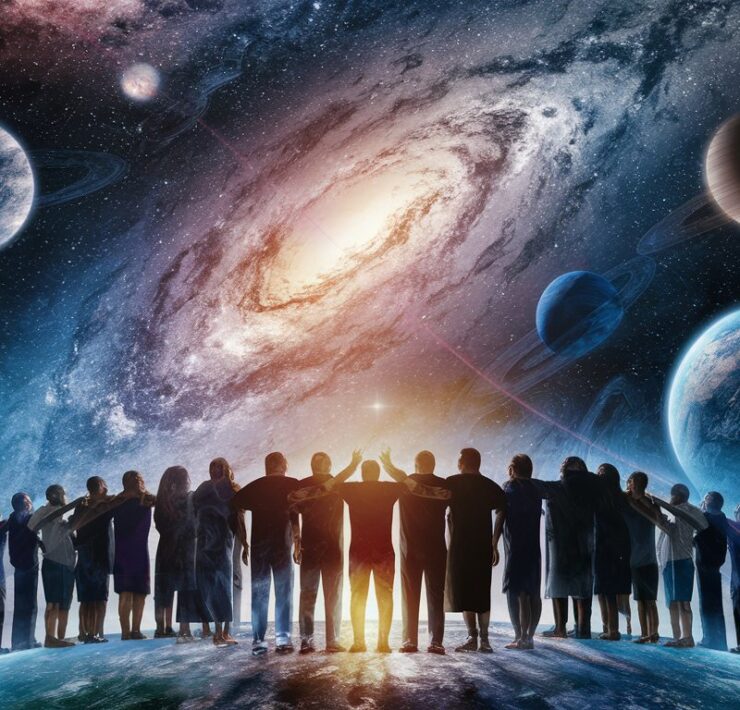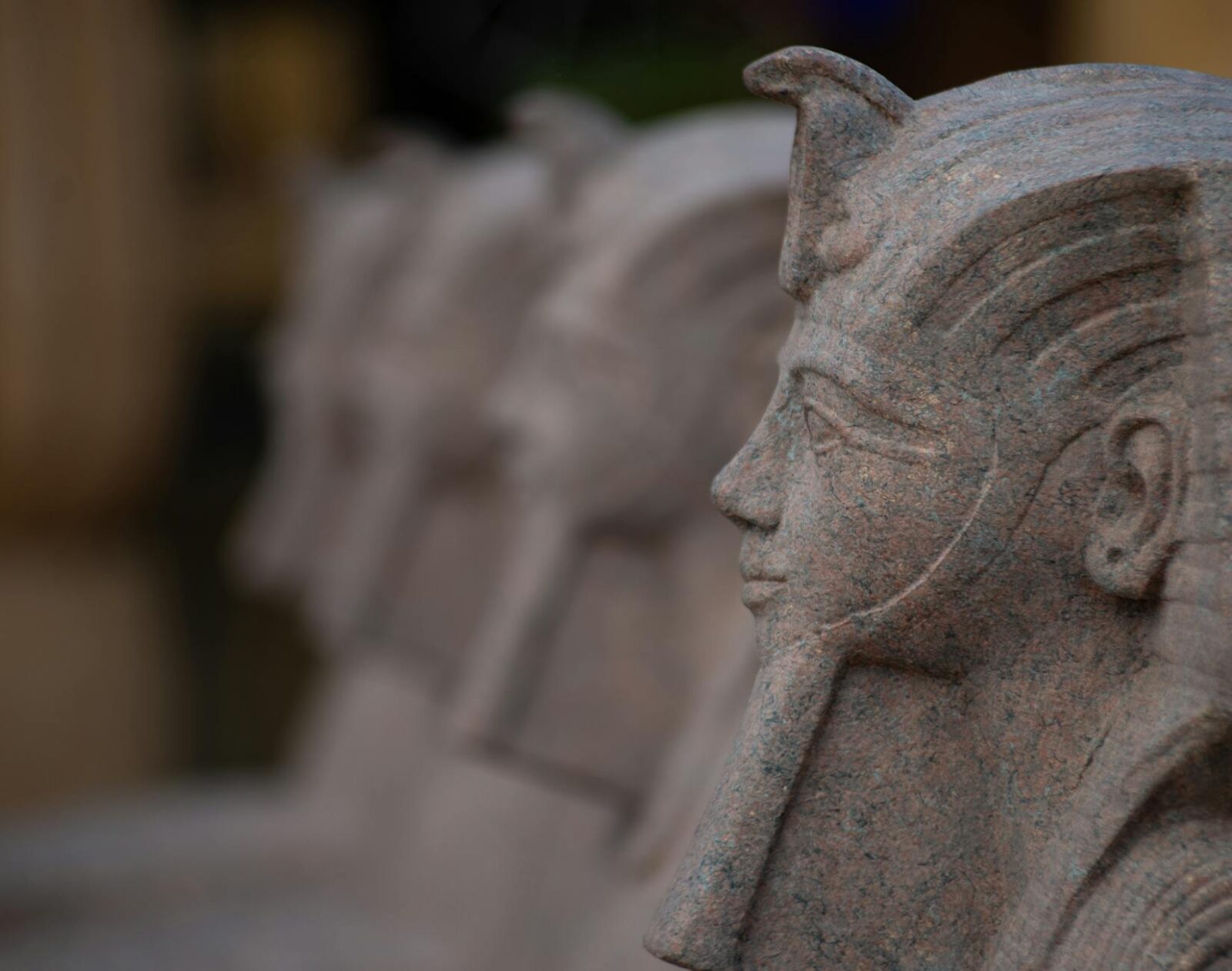
Dr. Bhengu is an Independent Researcher on Afrikan philosophy, Afrikology…
Read Next
Written by Grisso, courtesy Mfuniselwa Bhengu
Divine Law Enforcement
Please read part one here.
Sphere 5 of the Tree represents that aspect of Spirit from which Divine Law is “enforced.” In the Kamitic tradition, the deity represented by this Sphere is known as Herukhuti. In the Yoruba, he is known as Ogun. The wrath of God (punishment) is exercised through this faculty, as is the love of God in its protective aspect. There is a balancing logic at work here. There is no law without means of enforcement, therefore Herukhuti is needed to complement Maat.
Man’s Will
Sphere 6 of the Tree represents that aspect of Spirit from which Man’s Will is exercised. It is in the exercise of Free Will that the divine aspect of Man finds expression. It is important though to point out that Man’s Will is distinct from God’s Will, which finds expression out of Sphere 2. For Man to bring her Will into alignment with God’s will, therefore, it is necessary for Man to consult or otherwise be guided by, the Sage, or the Oracular faculty represented by Sphere 2. The deity represented by Sphere 6 was known to the Kamau as Heru, often symbolized by the hawk wearing the crown of upper and lower Egypt. No doubt the word “hero” derives from the Kamitic name for this deity, and came into the English language via the Greeks. It is cognate also to the Greek word helios for the sun, as well as Horus, the word by which Heru was known to the Greeks. Horus in turn is cognate to “horizon” for the image of Heru is of the sun on the horizon, poised between heaven and the earth. Likewise, in the Tree of Life, Sphere 6 is at its geometric center, poised between the divine faculties already discussed, up above, and the more mundane faculties now to follow, down below. Heru is key to the Ausarian resurrection metaphor, wherein he is seen as the son, the hero figure, who reclaims his father’s throne which has been usurped by Ausar’s evil brother Set. Heru re-establishes the kingdom of God both within and without, by aligning his will, Man’s free will, with God’s will. In the Yoruba pantheon, Shango is the deity which exemplifies the energies represented by Sphere 6 of the Tree.
Joy, Imagination, the Libido, Beauty.
Sphere 7 of the Tree represents the part of Spirit that governs joy and the imagination. She is known as Het-Heru (House of Heru) in the Kamitic tradition, and Oshun in the Yoruba. It is a congregative faculty, meaning that, among other things, it is concerned with putting things together for beautiful or pleasing artistic effect. The Greeks knew this aspect of Spirit by the name Aphrodite. The Romans called her Venus, and the Babylonians called her Ishtar. The Kamau recognized that that which manifests is that which has been cultivated by the imagination. It is in this sense that Heru (the Will and its realization) is related to Het-Heru (the “house” of Heru or the place where the will is gestated — the imagination). The Het-Heru faculty is intimately connected with that which the Kamau called Ra or life-force, and what is known as Chi to the Chinese, Kundalini to the Hindus, and ngolo (Fu-Kiau, 1991) to the Kongo people of Central Africa.
Logic, Intellect, Belief, Communication.
Sphere 8 of the Tree of Life represents the part of Spirit that governs logic and the intellect. The corresponding deity was known to the Kamau as Sebek, and is known to the Yoruba as Esu-Elegba. Among the Akan, Nana Sankofa would be the deity that most closely exemplifies the energies and faculties associated with Sphere 8. To the Greeks, this deity was known as Hermes, and to the Romans, he was known as Mercury. Where Het-Heru at Sphere 7 is congregative, Sebek at Sphere 8 is segregative. Where Het-Heru puts things together in beautiful, harmonious arrangements, Sebek takes things apart and puts them in logical order or relationship. He takes thoughts and orders them into words, one syllable at a time. He governs syllogistic logic, and all manner of information. He is, like the dog which is his totem, clever, but not wise. He represents an important faculty of spirit, which is to ease the way through being clever, but cleverness needs to be guided by wisdom, in almost exactly the same way in which syllogistic logic is only as useful as the premises on which it is based, while logic, per se, cannot establish the truth of the premises from which formal syllogistic argument proceeds. Where Het-Heru governs the imagination, Sebek governs belief. That which we nurture in the imagination, good and bad, tends ultimately to manifest. And that which we believe is what we are most inclined to entertain in our imagination. Moreover, we tend to live that which we believe. Sebek therefore is seen as the “messenger of the Gods”, the “opener of the way,” the “guardian of the cross-roads,” etc., for it is right belief (Sphere 8) that opens the way to right knowledge (Sphere 2) and to the alignment of Man’s will with divine will, and therefore “good fortune.” Wrong belief, on the other hand, will take us down the wrong road at every cross-road, to “ill fortune”, “bad luck,” frustration and continual obstacles.
Soul, Memory, Learning, Receptivity, Devotion, Nurturing.
Sphere 9 on the Tree of Life represents the part of Spirit with which we most identify, as giving us our respective and distinct identities as individuated spiritual entities. The “soul”-memory of the individual resides at the part of spirit represented by Sphere 9. The “soul” itself, in this conception, is nothing but the individuated duality of consciousness and spirit (mind and matter) of which each of us is composed. While the soul is conceptually distinct from the soul-memory, they are inextricably linked, for it is the content of the soul memory, over the many lifetimes through which the soul passes, inhabiting many bodily forms as it does so, that allows us to distinguish one soul from another. The soul memory may be conceived of as residing at Sphere 9, in the sense that it is an aspect of spirit — in the grand dichotomy between mind and matter, the soul memory is classed as matter. The soul on the other hand is an abstraction, in exactly the way identity is an abstraction, and may be seen as referencing an individual’s entirety, namely her individuated mind, body, all aspects of her spirit, and entire soul history — I say soul history to help convey the idea, but to be more precise, what I really mean transcends space/time and other dimensions, and so embraces what we call “future” as well. The soul was called Ka by the Kamau, and it is this root word from which the “Ka” in Kabala derives. It has been linked etymologically also to the nkra (= soul) in the Twi language of the Akan people of Ghana. Everything that happens to an individual, in the present or past lifetimes, is registered indiscriminately in the soul memory — the portion of spirit — represented by Sphere 9. Much of it goes into the “unconscious” or the “subconscious” (which terms, by the way, are pseudo-scientific ways of making reference to spirit, as we are here describing it, without simply coming out and saying so). There it takes shape as a pattern of energy organization of the spirit that manifests over and over again in various aspects of our lives. The “pattern of energy organization” stored at Sphere 9 of the Spirit is in a sense programmed by Sebek (belief), Het-Heru (imagination), and Heru (will), the faculties of the Spheres immediately above it in the Tree. And it is through Sphere 9 that the programmed “personality” of the individual — her “soul” — finds ultimate expression. It is also from Sphere 9, and the re-programming of that part of Spirit which it represents, that the soul begins its metaphorical upward journey back up the Tree to re-identify with its true Higher Self at Sphere 1 — to establish the soul’s consciousness at the part of its spirit represented by Sphere 1, what the Kamau called “to realize Ausar” and to live and experience the oneness of all Creation. That was the Kamitic conception of resurrection.
The deity corresponding to Sphere 9 was known by the Kamau as Auset, or Isis. In the Yoruba pantheon, she is known as Yemoja. In the Akan system, she is known as Nana Esi. In other West African systems she is known as Mami Wata, or the mother of the waters, since she governs large bodies of water, that is, the oceans. In the Christian faith she would correspond most closely to Mary, or the Madonna. She governs not only total soul recall, to which access may be gained through trance, but also the nurturing qualities of the mother. She is devotion, and humility. She is the receptive quality, the archetypal female energy.
Body, Flesh and Blood and Animal Senses, Motion and Emotion.
Sphere 10 of the Tree of Life represents the part of Spirit that is flesh and blood, the physical body, along with the electro-magnetic “body” or energy-field which immediately surrounds it, and which is the animating spirit (energy-field) that “drives” the physical bodily “vehicle.” The “deity” corresponding to Sphere 10 was called Geb by the Kamau, and is known as Ile by the Yoruba. The planetary correspondence of this deity is the earth itself. It is at the aspect of creation represented by Sphere 10 that the individuation process, begun with the first Godly word of vibration, emerges finally as that part of reality which is tangible and visible. Sphere 10 represents the physical body, flesh and blood. To the Kamau, Geb was the Erpau Neter, meaning literally the inheritor of God, and meaning more properly that the physical body inherits the qualities and attributes of all the deities: “as above, so below.” That is, the physical body “inherits” or reflects the patterns of energy organization already present in the aspects of spirit represented by Spheres 9 to 1. Every major organ or organ system in the body is tied to or governed by an aspect of spirit or deity represented by Spheres 9 to 1 of the Tree. The patterns of energy organization from Spheres 9 to 1 are imperceivable to the physical senses of the bodily vehicle represented by Sphere 10. That the aspects of spirit represented by Spheres 9 to 1 are imperceivable to the physical senses does not however make them less real. It is these aspects of spirit, seen (or rather, not seen) from the vantage point of the bodily vehicle, that Western psychologists have come to call the “unconscious”. it is a concept that was known to and elaborated by the ancient Kamau thousands of years ago, moreover within a holistic cosmology that tied everything back, straightforwardly and unselfconsciously, to God, spirit, and the very purpose of creation.
Body, Mind and Spirit? As previously mentioned, the bodily vehicle is classed as an extreme polarity of the energy/matter continuum. Spirit, qua energy — or pattern of energy organization — also belongs to the same energy/matter continuum, but is of opposite polarity to body, or matter. Mind, the quality for which Consciousness and Will are opposite polarities, is, strictly speaking, distinct from Spirit, qua energy/matter; but as mind requires spirit as the medium through which effect is given to its Will, and even through which Consciousness merely be, it has become common practice in loose usage to connote mind also when we use the word “spirit”. And in an irony of common usage, even though the body properly belongs with spirit on the Matter side of the grand Mind/Matter dichotomy, common use of the term spirit excludes the body while including mind. The problem exists in the English language because of cultural ignorance about cosmological matters; I am told that in other languages, notably Sanskrit and possibly the Bantu language family, clarity on these matters is “hard-wired” into the language in a way exactly opposite to that in which confusion is “hard-wired” into the English language on these matters.
To summarize, the Tree of Life is a diagram of the process through which God creates the world, Man, and Man’s sojourn in the world (Amen, 1996: 33). God created the world to have experience, that is, to go from a pre-creation state of undifferentiated existence — “I was alone; not born were they” — to a state of differentiation. All things are aspects of God’s substance and consciousness — there is unity in the diversity of God’s creation:
I brought into my mouth my own name, that is to say, a word of power, and I, even I, came into being in the form of things which came into being, and I came in the forms of the creator.” The Tree of Life classifies the world starting at the transcending state of the unmanifest, hidden God (Amen, Atum, Aten, Nu, Nut) represented by Sphere 0 above the Tree, the manifested aspect of God represented by Sphere 1, and the forms in which the creator came into the world distributed through Spheres 2 to 10. God creates a vehicle — Man — through which It can come into the world as one of its own creations that It may experience Itself as the Creator. To experience itself as the Creator, God grants to Man free will. (Any other being which possesses free will, likewise would be the functional equivalent of Man on this conception.) It is precisely because Man has free will that she is free to break Divine Law and/or frustrate Divine Will… that is, do evil, by definition. God remains submerged in the “unconscious,” directing unconscious activities (physiological and mental) awaiting the person’s awakening and developing of the higher divisions of Spirit, and the alignment of the person’s will with Divine will. Man’s earthly experience is thus not for her own sake, but for the sake of the Divine Plan. Earthly existence serves the purpose of providing difficulties that force out the divine powers within, or in other words, stimulate the process by which the individuated soul seeks to re-establish its Consciousness at higher levels of the Tree of Life.
Subscribe now for updates from Msingi Afrika Magazine!
Receive notifications about new issues, products and offers.
What's Your Reaction?
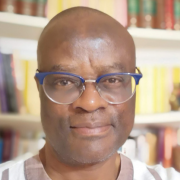 PIN IT
PIN ITDr. Bhengu is an Independent Researcher on Afrikan philosophy, Afrikology and Egyptology. He is an established and experienced author, self-publisher and managing director of Phindela Publishing Group & Editor-in-Chief of INQABA Journal, a quarterly publication that specializes on Afrikology. He describes himself as an Afrikan of Nguni (Zulu) extraction, but then a global citizen. Black, but being in total fusion with the world, in sympathetic affinity with the Earth... “I am black not because of a curse, but because my skin has been able to capture all cosmic eluvia. I am truly a drop of the sun under the earth.” He says.









